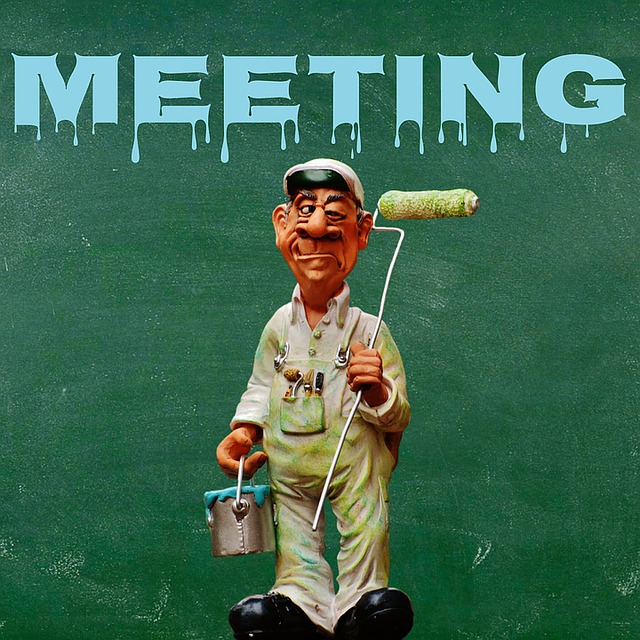
Marketing meeting must-haves. What are they?
If you’ve ever sat through a meeting and walked out wondering what its purpose was or why you were there, then you know you don’t ever want to be the host of such an event. The must-haves must have been missing. Must-haves are important, and this is especially true in marketing where people expect you to get their creative juices flowing from the start of the meeting. To help you avoid being a bad host, here are eight must-haves for hosting your next marketing meeting – and making it successful.
Meet only when necessary.
If something can be easily covered via e-mail, it should be.
A prepared – and shared! – agenda is the best start.
An advance agenda helps set the tone of the meeting, lay out the goals, and allows people to budget their time, as well as prepare responses. Be sure to include time for brainstorming!
Begin with the end in mind.
Know what you are trying to accomplish during your meeting. This is not a status conference. The goals need to be clearly defined so that they can be addressed and accomplished.
Keep meetings small.
The smaller the group, the better the collaboration. Amazon’stwo-pizza team rule for productive meetings is well-known and highly successful. The idea is that the group must be small enough that two pizzas can feed all attendees. This keeps ideas from being drowned out by too many voices.
Keep your marketing meeting short.
Be respectful of people’s time. No more than an hour – half an hour is even better.
Keep it simple.
Use pictures. Charts. Demonstrations. Content is king in marketing meetings too so make them compelling and focused, but not overwhelming.
Keep distractions out.
Set a no-computer rule and declare phones emergency-only devices.
Keep it interesting.
You don’t want a boring, tedious marketing meeting. For instance, kick off the meeting in a fun way to grab their attention.
At a kick-off marketing meeting, for a client in the concrete industry, we needed to explain to the team that their audience didn’t know the difference between cement and concrete. How did we capture their attention? Cake batter. We demonstrated the difference in simple, relatable terms – without using engineer-speak.
Cement was represented as a box of cake batter. Concrete was then explained as the combination of the box of batter plus all other ingredients – resulting in a cake. This simple demonstration of making a cake in the meeting got the team’s attention, engaged their imaginations and helped them understand how their audience thought of them. Plus, CAKE!
Marketing Meeting Must-Haves are a Must
Well-organized marketing meetings can be great for productivity, team building, and brand development. Keep these marketing meeting must-have tips in mind so all you have to worry about is getting those creative juices flowing to rock your next marketing meeting.


